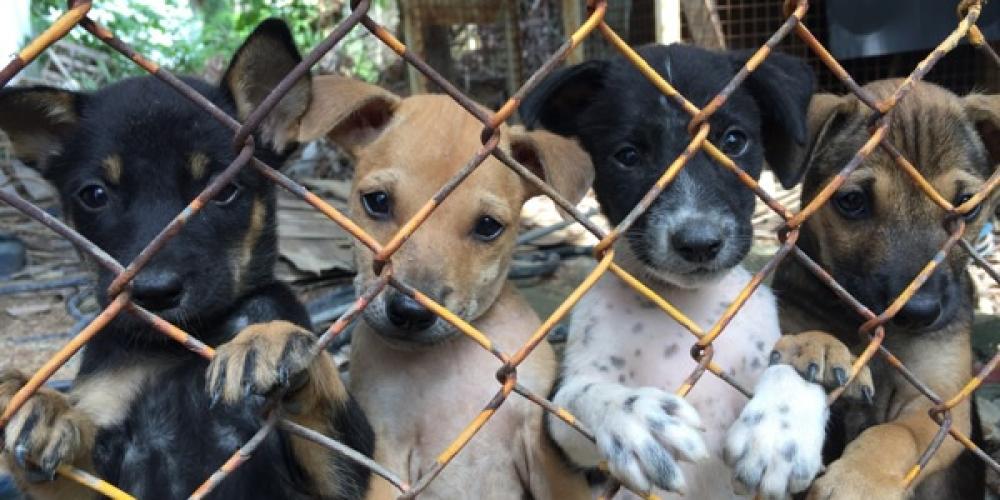
Researchers from VUB and ULB have developed an AI protocol that allows them to determine whether online advertisements about the sale of pets are related to illegal animal trafficking. The Animal Wellfare project is one of several pilot projects set up by FARI, the VUB-ULB artificial intelligence institute. It came about following a request from the Brussels animal welfare authorities. Because the administration is understaffed, it had to look for other ways to detect abuses, so researchers got to work and combined various AI models to come up with a positive and secure solution.
There are a multitude of adverts offering pets and other animals on various sites, including 2dehands and Facebook. Many of these are created by rogue traders with little regard for the relevant regulations. “The sites advertise animals without the necessary vaccination documents or other references,” says Hans De Canck, joint leader of FARI as co-director for VUB. “Behind many of these ads, sometimes with cute pictures of animals, there are illegal or at least questionable business practices. Now it turns out that with the right AI models, you can relatively efficiently pick out illegal animal trafficking from the sea of ads. This is done using image and text analysis and pattern recognition. Sometimes people advertise in good faith about the litter of puppies their dog has had and want to get them placed with people who want a pet. Our AI models pick out those too. The administration may be able to intervene and show people what they are doing wrong. A side effect is that the administration now has factual evidence to bring to order the platforms on which the ads appear.”
A total of 33,500 ads have been screened since January 2022 and researchers are still screening 200 per day. Legally, not one of those ads has been completely acceptable. More than 8,000 adverts concerned dogs, more than 6,000 offered birds and almost 4,000 were about cats. Fish (about 3,200), sheep and pigs (more than 2,500), rodents (2,300), horses (2,000), reptiles (almost 2,000) and rabbits (1,800) were also offered.
Four per cent of the ads were from breeders and the total value of the ads is estimated at almost €8 million. Half were from Flanders, 40% from Wallonia and 10% from Brussels.
The link established by FARI with investigators, administration and police has provided a new impetus to the relevant Brussels services. “The role of mediator is one of FARI’s core tasks,” De Canck says. FARI has been operational since the beginning of this year and receives funding from the European Commission’s recovery plan. It operates in the fields of artificial intelligence and robotics. “In those domains, FARI is an interface, a mediator, connecting research groups with Brussels stakeholders who have a concrete AI question and helping them with it mainly with domain experts and services,” says De Canck. “We are a filter, in the positive sense, linking scientific expertise of our research groups with concrete questions from citizens, companies, public administrations and other institutions that think AI can solve a problem. Sometimes AI is not the right tool to tackle a problem. But even then, we can further direct the enquirers to the right partner, whether within both universities or not.
“We are convinced that AI can make a difference in some cases,” he adds. “We are multidisciplinary, even if it is sometimes difficult to bring all the players around the table. But as you see with the Brussels animal welfare administration, this can lead to efficient and good solutions.”
The project was led by Prof Hugues Bersini’s ULB Iridia group. From VUB, Ann Nowé’s AI Lab oversaw the various AI models applied.